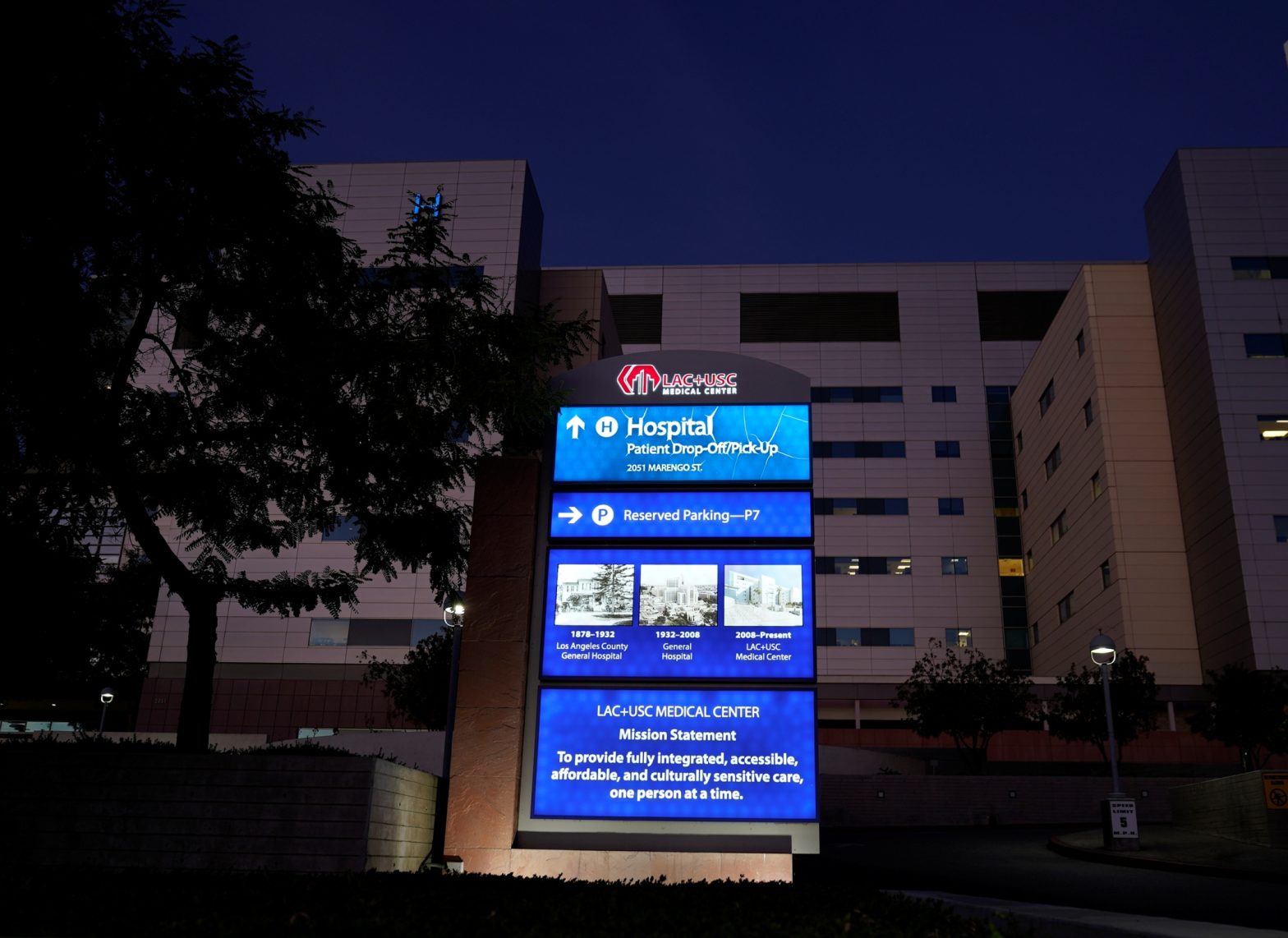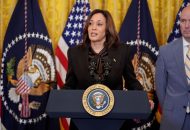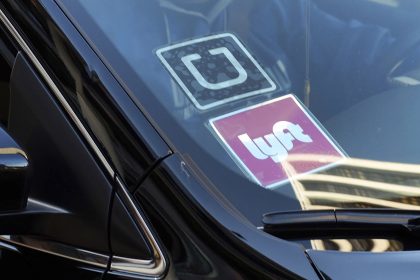Overcoming the Healthcare Cost Crisis with Price Transparency
COMMENTARY

Americans have pulled together with the help of widespread vaccinations to put the worst of the pandemic behind us. Now the country must demonstrate the same Manhattan-Project mentality to tackle the other healthcare epidemic plaguing the country: obscene and opaque prices.
Runaway healthcare prices have financially devastated tens of millions of ordinary Americans, nearly including me. In November 2018, I attended a wedding in Charlotte. The day after the reception, one of the guests brought out his ATV. When it was my turn to ride, I hit the curb, was thrown over the handlebars, and landed on my head, cracking my skull.
Riding an ATV without a helmet was a dumb mistake that I nearly paid for with my life. I spent three months in a hospital in Charlotte. Two major operations later, I returned to Long Island to begin a long rehab process that included learning to walk again. While recovering physically, I was blindsided financially when I opened the mail to find a hospital bill exceeding $250,000.
I was infuriated because I had health coverage. But my insurer claimed that the Charlotte hospital I attended was out of network, so my care wasn’t covered, and my out-of-pocket maximum protection didn’t apply. The hospital claimed I was ineligible for discounts because I wasn’t a North Carolina resident.
A quarter-million-dollar healthcare bill for an insured patient who suffers a freak accident? That’s the type of horror story Canadians and Europeans highlight as a caricature of the broken American medical system. But I can tell you firsthand that it’s all too real. Call it the real-world “American Horror Story.”
The repercussions are scarier than anything on cable TV. I could never afford to pay the bill, so the hospital threatened to send it to collections where an unbelievable one in six Americans have medical debt. The Kafkaesque experience of fighting the bill with disinterested insurance and hospital representatives was nearly as emotionally painful as my injury was physically.
Just when I prepared to join the roughly one million Americans who are bankrupted by medical bills each year, a patient advocate named Kenny Zerpa based in Pasadena helped me appeal my case. We filed a complaint with New York State, arguing that out-of-network insurance rules don’t apply because my treatment was an emergency. Within weeks, my outstanding balance disappeared, and I escaped the bill paying only a few thousand dollars out of pocket (in addition to the tens of thousands of dollars I’ve spent in monthly insurance premiums over the years, supposedly for catastrophic coverage for accidents like this one).
Not all patients are so lucky. One uncontroversial reform to help them is healthcare price transparency. Upfront prices allow patients to shop for the approximately 90 percent of healthcare spending that isn’t for emergencies. Real prices enable patients to identify quality, lower-priced care and enjoy peace of mind that we won’t receive ruinous bills in the mail. Empowering consumers with choices and the ability to shop with their feet is key to reducing healthcare costs.
The sunlight of real prices can also disinfect disgustingly high bills for emergencies like mine when patients don’t have time to shop. Published prices can usher in a more competitive healthcare system and make costs more sensible, lowering emergency prices through the same market pressures that exist for other emergencies like those in the dental or veterinary fields. Clear and itemized prices would hold hospitals accountable for their rates by, among other things, comparing them versus other hospitals. Rather than just sending out one enormous (seemingly arbitrary) bill, hospitals would have to justify their prices against competitors.
A federal rule took effect at the beginning of the year requiring hospitals to post their actual prices. Unfortunately, compliance has been lacking. Government officials and the American public must demand hospitals and insurers publish their complete prices, including their cash and contracted rates, so that devastating healthcare costs can begin to fall.
If Americans can conquer COVID-19, we can certainly overcome this healthcare cost crisis.
Dan Marcy works in the entertainment industry and lives in Amityville, NY.
























